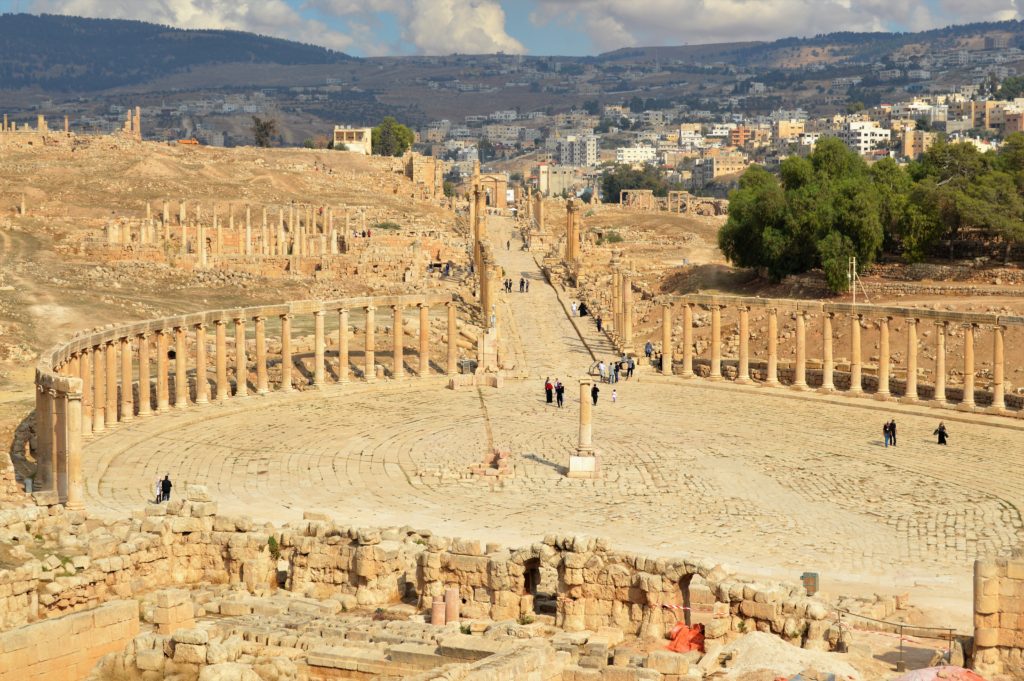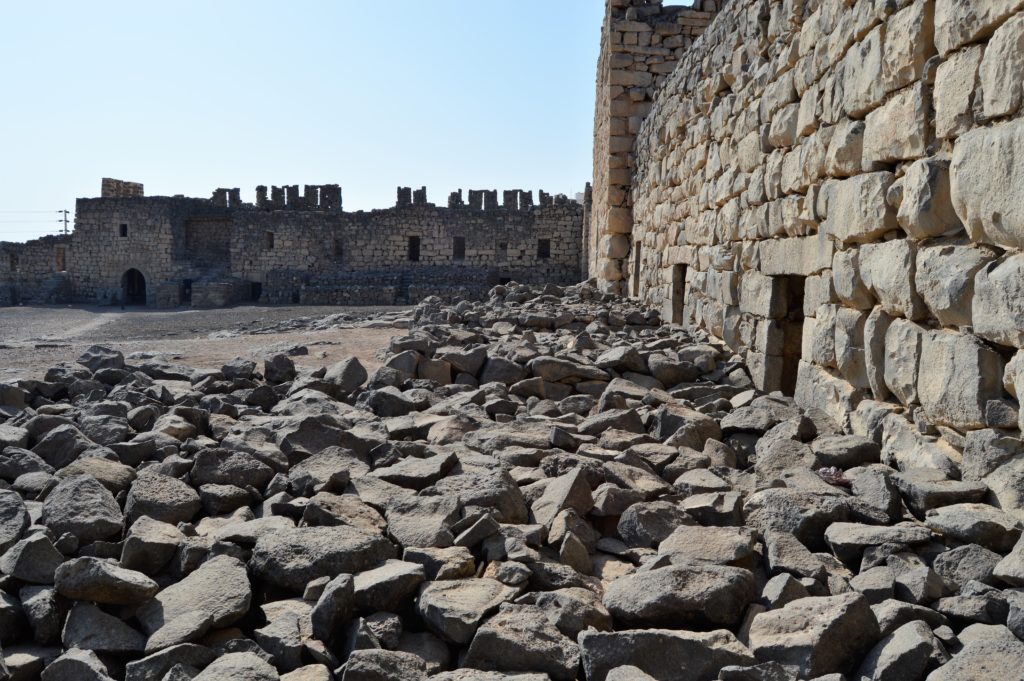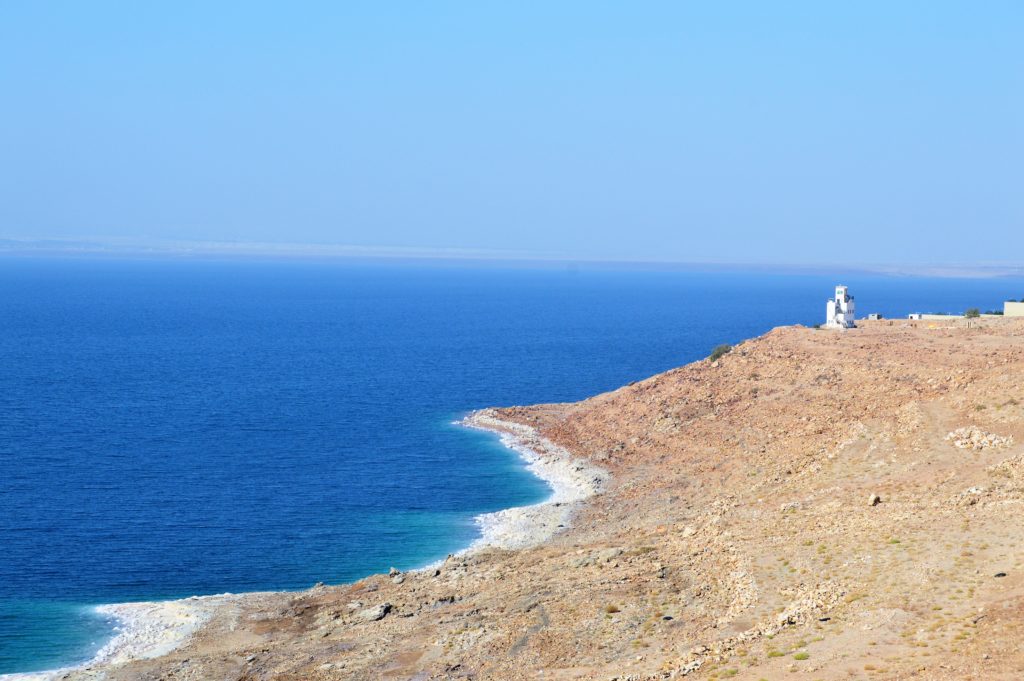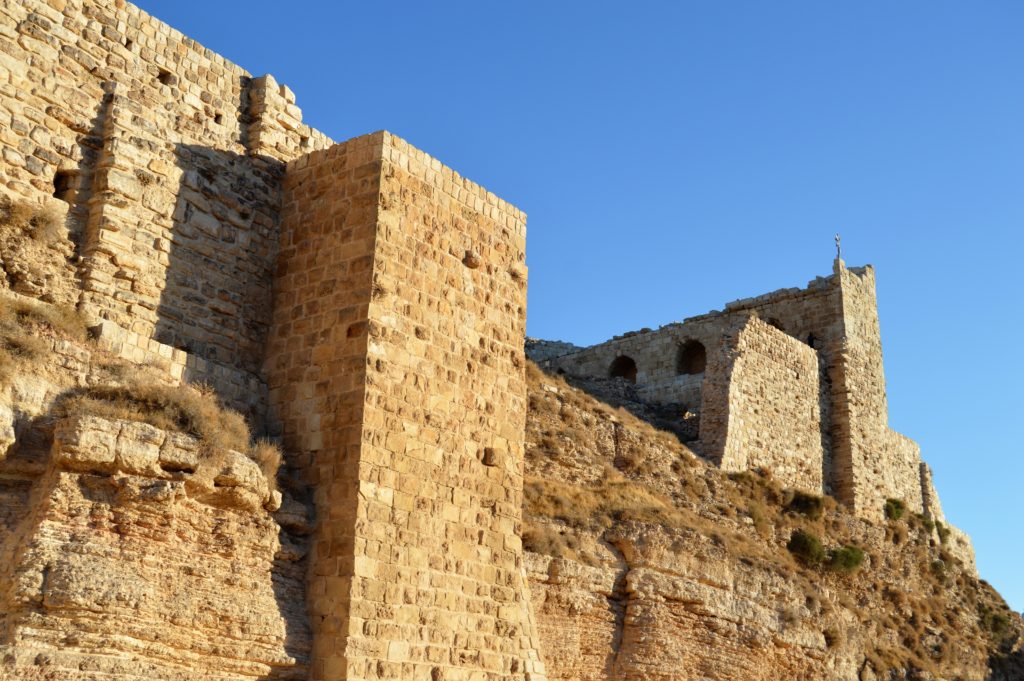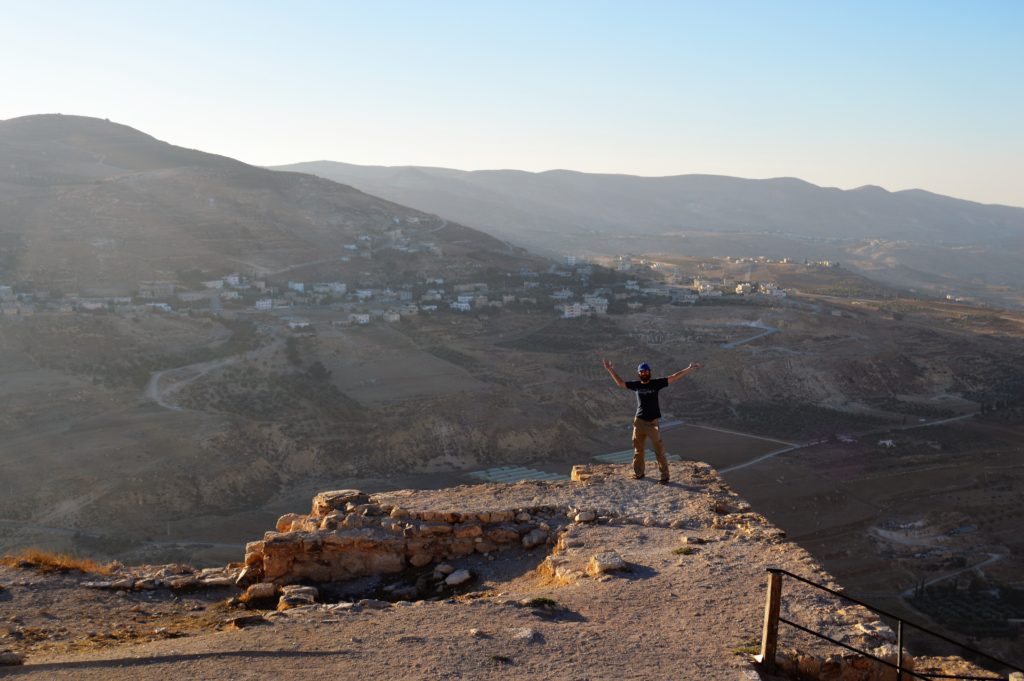Tips for a Jordanian Road Trip
Jordan is a small country with interesting sites scattered across its area. Unfortunately, the tourist infrastructure isn’t quite as developed as similar countries in, for example, Southeast Asia, so actually getting to these sites can be a bit of a challenge. Unless you’re going to or from Amman, Petra, or Aqaba, there are really no public transportation options to speak of. Instead of using the sometimes exorbitantly priced taxis, we decided to rent a car for three days and see as much of the country as we could on our own. While traffic wasn’t nearly as chaotic as India’s, there are still some quirks to driving in Jordan. Here’s a few of them, along with some pictures of our road trip destinations.
They’re not big on ‘lanes’
The lane lines are more like suggestions than rules. People frequently drove in the center of two lanes, directly over the dotted lines in the middle for kilometers at a time. Some people used it as a kind of indicator that they were trying to get over; rather than using their turn signal they’d just push into your lane until you were forced to give them room or be run off the road.
They use their hazards for no reason
We saw this all the time, and could never figure it out. People driving down the road would turn on their hazard blinkers for 30 seconds or so, keep driving normally, and then turn them off. They weren’t pulling over, they weren’t going particularly slowly, they’d just turn them on and then off again. At first we assumed people were having some sort of trouble, so we’d give them a wide berth, but after seeing it so many times you just kind of ignore it. Probably not the best reaction to have, but the hazard lights just seem to mean something different there.
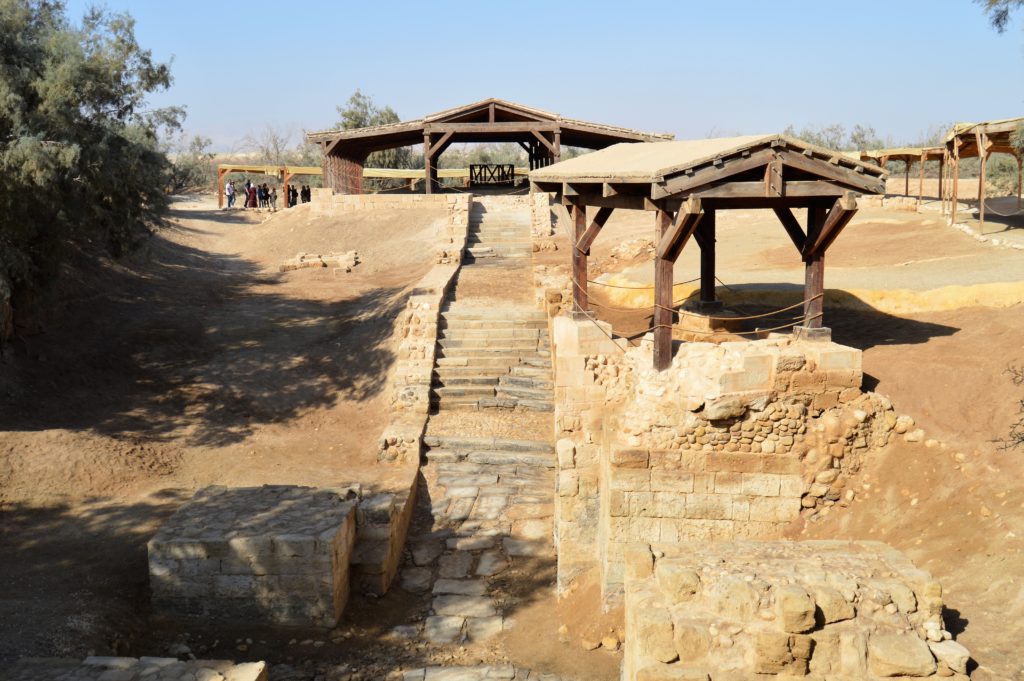
Bethany by the Jordan, the site that archaeological and historical records point to as the location of Jesus’ baptism
You’ll get pulled over for no reason
There are checkpoints everywhere that just pull over random cars as they drive past. The first time it happened I assumed I broke a law I wasn’t aware of, but they just looked up my passport, checked the registration, and sent us on our way. I’m not really sure what they’re looking for, but it doesn’t seem to be targeted at anyone in particular. Cars, buses, and trucks were pulled over regularly, and there were checkpoints where you had to slow down as well so the police could take a look inside your car. At first it was kind of nerve-wracking, but the police were friendly enough so it became routine after a bit. The police that pulled us over were just excited that we were from America and asked if we thought Jordan was beautiful (of course we said yes!)
Half the signs are only in Arabic
You’ll want Google Maps or something similar for directions, because other than major city names, a lot of the street signs don’t have an English translation. Google worked great, though, with up-to-date road maps, detours, and even traffic conditions. Having a local sim card helped immensely, giving us the ability to pull up directions on the road with our data connection instead of trying to find WiFi. The sim card cost about 12 USD and included 5 Gb of data, more than enough for our couple weeks in the country.
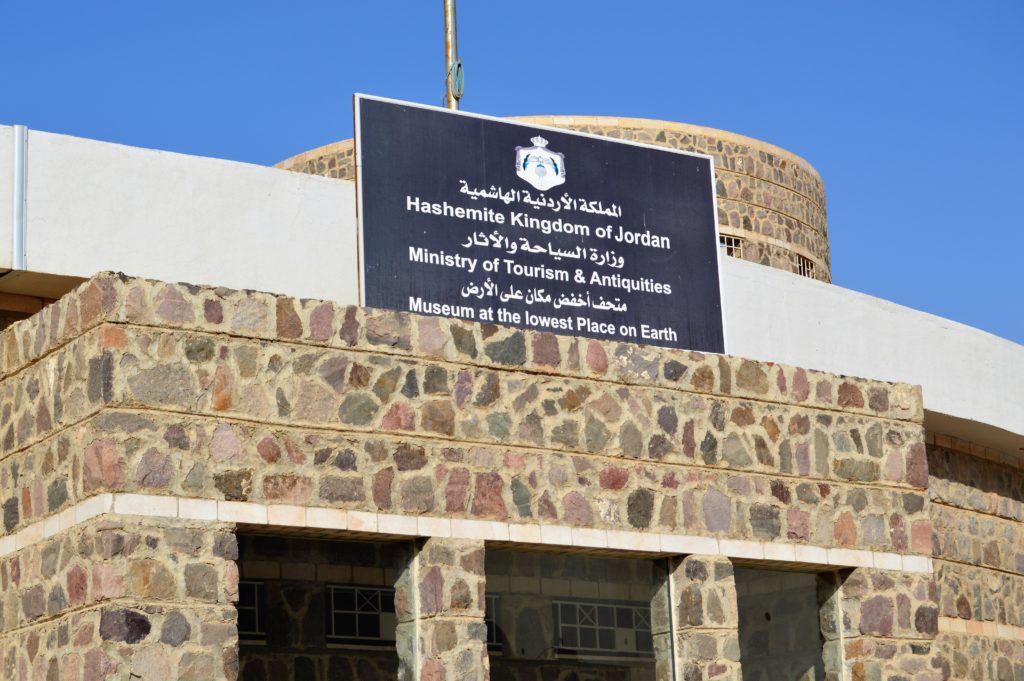
At over 400 meters below sea level, the shore of the Dead Sea is the lowest place on Earth. It’s all uphill from here!
All the cars are stick shift
Special thanks to my dad for teaching me to drive on a manual transmission, because outside of America, automatic transmissions are almost unheard of. If you’re hoping to drive around Jordan (or anywhere else, really), be sure to brush up on your stick shift skills. There were a few automatic cars available for rent, but at a steep premium
Gas is expensive
Without the fuel subsidies we have in the States, gas in most of the world costs quite a bit more than it does back home, and Jordan is no exception. We spent almost as much on gas as we did for the car rental for three days; it cost almost 65 USD to fill up the tank once (and it was a small car). Interestingly, Jordan is one of the only Middle Eastern countries without its own oil deposits, which contributes to the high prices.

